#JLPT N5
Text
The 6 Differences Between は and が
DIFFERENCE 1
The important fact is AFTER は
• この犬は私のベットです。This dog is my pet.
You want to emphasize that this is not a stray dog. It is not someone else's pet dog. It is MY PET. So anything comes after は is the main part you want the listener to pay attention to.
The important fact is BEFORE が
• この犬が私のベットです。This dog is my pet.
You want to emphasize that THIS IS THE DOG that is my pet. Not other dogs. Imagine you're at a park and there are 3, 4 other dogs playing together with your dog and you want to tell your friend that THIS DOG is the one that is your pet dog, other dogs are not yours. So, what comes before が is the main part you want to tell the listener.
More examples:
• このケーキはおいしいです。This cake is DELICIOUS! (You want to tell your friend that this cake is indeed very good. Your emphasis falls on おいしい, so you use は, because the important fact is AFTER は.
• このケーキがおいしいです。THIS CAKE is delicious. (You want to tell your friend that among all the cakes on the buffet table, this particular cake you are pointing to is the most delicious one. Others are not good.) Your emphasis falls on このケーキ (THIS CAKE), so you use が, because the important fact is BEFORE が.
DIFFERENCE 2
New information and things that you mention for the first time, use が. Old information or topics that have been mentioned earlier but is now repeated again, use は.
• 学校にマイクという男がいます。There is boy named Mike in my school.
You started the conversation with your friend by saying there's a new student named Mike in the school. That is the first time you mentioned Mike. It is new information, therefore use が.
• マイクはアメリカ出身です。Mike is from America.
You mention Mike the 2nd time now and it is no longer a new information. It is considered old information, therefore use は.
DIFFERENCE 3
Stating facts without adding your personal opinion or judgment use が. By adding your own opinion or judgment, use は.
• 外に猫がいます。There is a cat outside.
You are just merely stating a fact that there is a cat outside. This sentence doesn't include your description about the cat. No personal opinion or judgment about the cat.
• あの猫は白いです。The cat is white in colour.
You are putting your description, your judgment into the sentence about the cat. When you are adding your own thoughts, opinion, description about something, use は.
• 日本の料理はおいしいです。Japanese food is tasty.
You are putting your opinion/judgment about Japanese food in your sentence, therefore, use は.
DIFFERENCE 4
When you make comparison, use は. When you eliminate other options, use が.
• お茶は好きですが、コーヒーは好きじゃありません。I like tea but I don't like coffee.
DIFFERENCE 5
If two actions are done by the same person, use は. If two actions are done by two different persons, use が first, then use は for the second action.
• 私はごはんを食べるとき、テレビを見ます。I have my meal and I am watching TV.
• 私がごはんを食べるとき、父はテレビを見ます。When I have my meal, my father watches TV.
DIFFERENCE 6
To modify a phrase into a noun, use が.
• これは彼女が作ってくれたケーキです。
What cake is this? This is the cake that is baked by my girlfriend. The phrase 「彼女が作ってくれた」 is to modify the cake, to describe about the cake.
Quiz Time
• 部屋は広いです。
• 部屋が広いです。
In English, both sentences mean "The room is spacious." But what is the difference?
In 部屋は広いです, it shows a comparison contrast nuance (read DIFFERENCE 4). If you say this, the listener will believe that you are making a comparison of this room with all the other rooms in the house. You want to say this room is spacious, whereas the other rooms are smaller in size.
In 部屋が広いです, you are merely stating a general fact about this room being spacious (read DIFFERENCE 3). You are not making any comparison. Your sentence has no added personal judgement or opinion. You are stating a fact about the room being spacious.
#japanese#nihongo#studyblr#study blog#study japanese#study motivation#learning#learn japanese#language#grammar#jlpt#jlpt n5#jlpt n4#jlpt n3#jlpt n2#jlpt n1
151 notes
·
View notes
Text
YouTube Channels for Kids by JLPT Levels
(。•̀ᴗ-)✧ resources
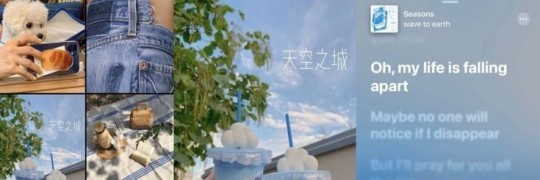
こんにちは, Japanese learners! Learning a language is an exciting adventure, isn't it? To add a spark of joy to your Japanese learning journey, here's a collection of YouTube channels tailored for kids. Organized by JLPT levels, these channels offer a blend of education and entertainment for learners at different stages. Keep in mind, though, that JLPT levels aren't an exact science like math – language learning can be subjective in terms of difficulty. However, these resources provide a fantastic starting point and a fun way to explore the world of Japanese language and culture. Let's hop into this delightful world of animated learning and playful discoveries!
Friendly reminder to adjust your way of learning in order to make the most of what you're studying to reach the goal you truly want! read my post about it (ᵔ◡ᵔ)
꒰ა ˚₊ ✧・┈・╴N 5 ╴・┈・𐑺 ‧₊˚໒꒱
— Curious George (N5 level)
— Japanese folk tales/anime series (Japanese audio/Japanese subtitles) from BomBom Academy (N5 level)
— Peppa Pig (N5-4 level)
— Anpanman (N5-4 level)
— NHK education (N5-4 level)
꒰ა ˚₊ ✧・┈・╴N4 ╴・┈・𐑺 ‧₊˚໒꒱
— Cinnamon Roll, Sanrio (N4 level)
— [Anime] Atashin'chi (N4-3 level)
꒰ა ˚₊ ✧・┈・╴N3 ╴・┈・𐑺 ‧₊˚໒꒱
— Sesame Street Japan (N3 level)
— Chibi Maruko Chan (N3-2 level)
꒰ა ˚₊ ✧・┈・╴N2 ╴・┈・𐑺 ‧₊˚໒꒱
— Precure (N2 level)
またね~@inkichan
꒰ა ˚₊ ✧・┈・╴﹕꒰ ᐢ。- ༝ -。ᐢ ꒱﹕╴・┈・𐑺 ‧₊˚໒꒱
#japanese#nihongo#studyblr#learn Japanese#learning Japanese#japanese langblr#langblog#japanese studyblr#日本語#study japanese#japanese resources#free resources#resources#japanese free resources#youtube#JLPT#JLPT N5
282 notes
·
View notes
Text
I learned it's easier to learn verbs in their ない form first, vs. their dictionary form first. Makes recognizing the difference between Godan and Ichidan verbs 100% easier and removes the need to "remember" the "hidden/fake/lying" verbs that parade as the other verb type. The trick to doing it is far easier and I hate how Genki teaches it in the book.
Leaving me with only having to learn the conjugation patterns for Ichidan, Godan, and Irregular verbs. Far, far easier.
#learning japanese#fountain pen#jlpt#jlpt n5#kanji#japanese#日本語#senchastudying#studying#studyblr#langblr#language#fountain pen ink#見#Verbs#Japanese Verbs#Japanese Vocabulary#japanese langblr
265 notes
·
View notes
Text
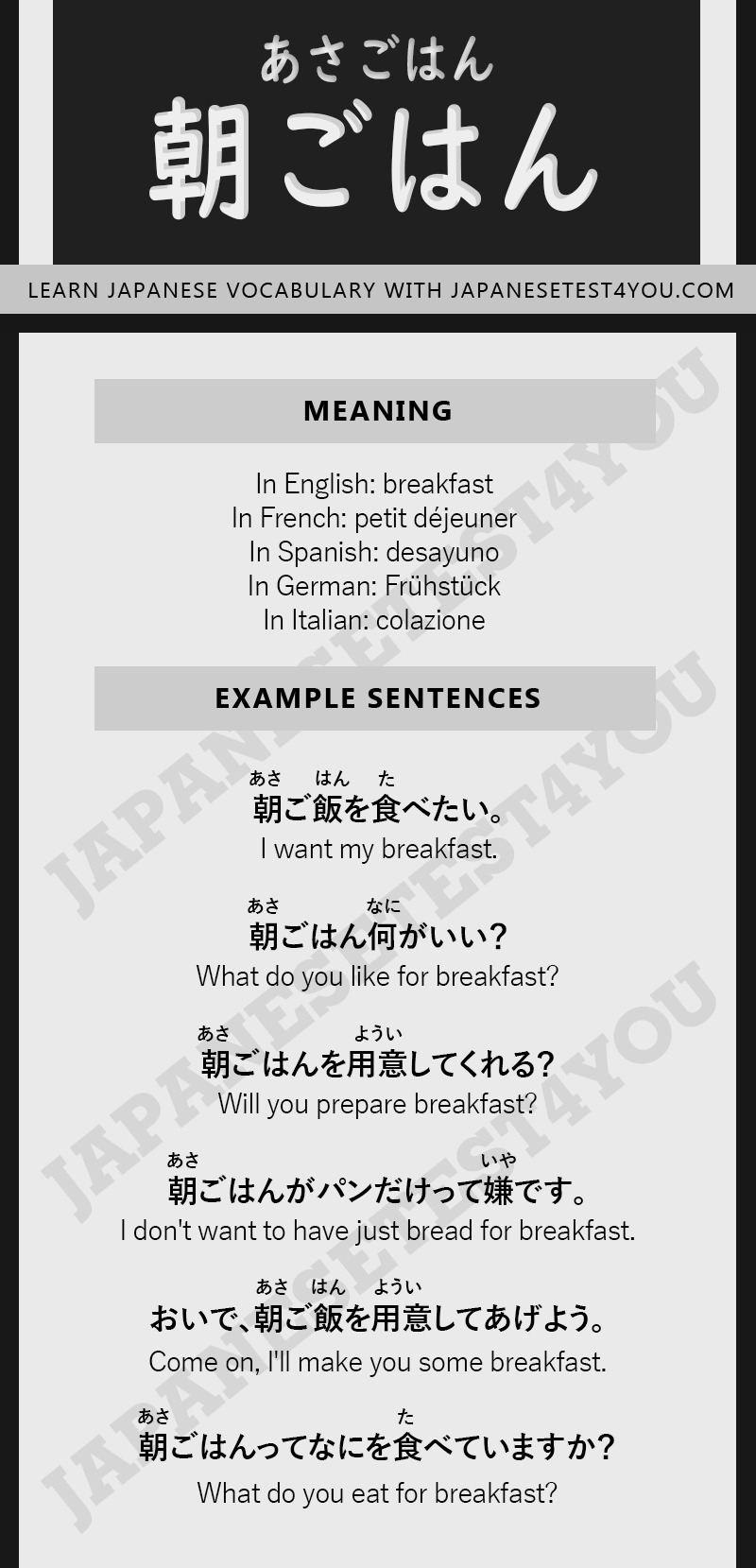
Batch download Japanese vocabulary infographics
#japanese#nihongo#japan#learn japanese#languages#jlpt#jlpt n5#japanese vocabulary#japanese langblr#japanese language#learning japanese
75 notes
·
View notes
Text

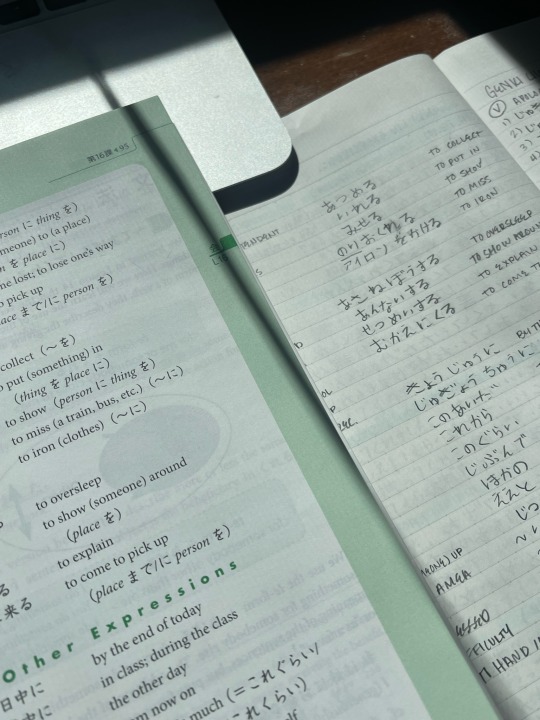
when am i not studying ☕️🏹🏛️
#studyblr#study blog#langblr#langblog#japanese langblr#japanese language#japanese#studyinspo#study motivation#study aesthetic#jlpt n3#jlpt#jlpt n5#jlpt n4#japanese kanji#studystudystudy#exam study#study buddy#study hard#study#study notes#study space#coffee aesthetic#coffee order
86 notes
·
View notes
Text
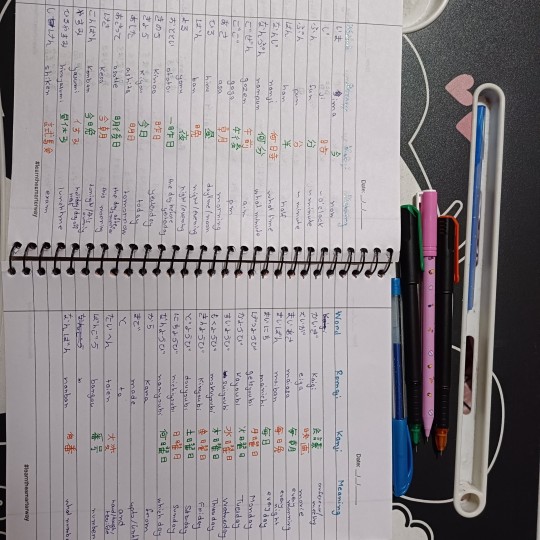
#study blog#study motivation#studyspo#learning languages#study#study aesthetic#studyblr#japanese language#jlpt#jlpt n5#studywithme#study with inspo#learning japanese#learn japanese#learning#study studying studygram studyblr studyabroad studyhard studyspo studymotivation studytime studyinspiration studyinspo studyaccount studyblo
18 notes
·
View notes
Text
Where to begin when reading native novels to work on reading comprehension?
So, you've made it to the point where you'd like to branch out and read some novels and children's books in Japanese? Then you've come to the right place! Let's talk about three helpful publishers (Kodansha, Kadokawa, and Shueisha) that can make reading native materials less daunting!
The Kodansha Aoitori Bunko Books (青い鳥文庫) were created and published by Kodansha with elementary schoolers in mind, so almost all kanji has furigana on it. The text is larger and there's normally a bit more spacing in between it (like our children's chapter books in English). Just like other children's chapter books, there are occasional photos included. Aoitori Readers include both original series as well as some translations of international literature (i.e., Little Women, Murder on the Orient Express, Sherlock Holmes, etc.). There are also some adaptations of other series はたらく細胞 (Cells at Work) Those books have blue around the cover.

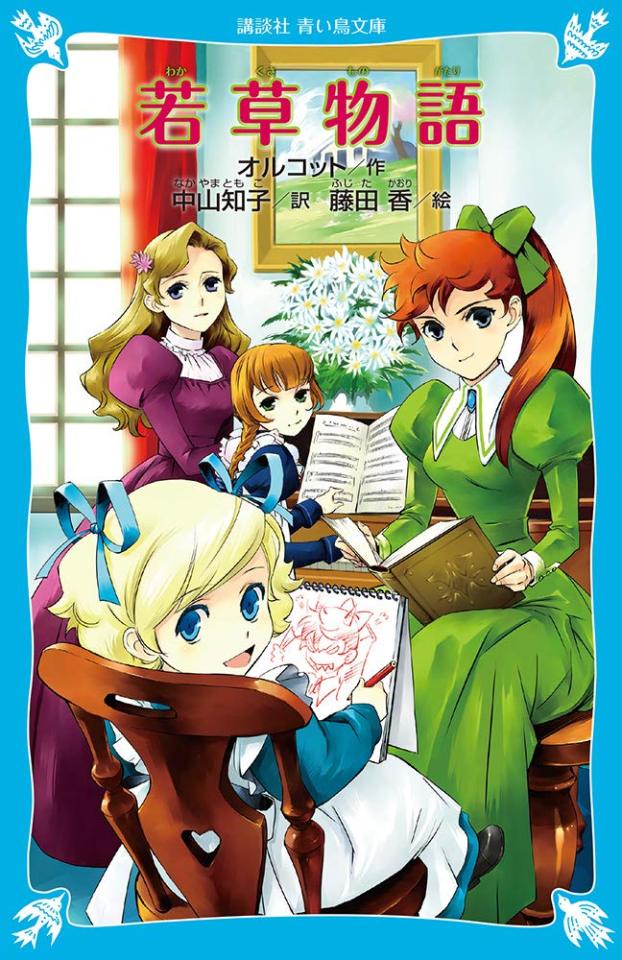
The Kadokawa Tsubasa Bunko Readers (角川つばさ文庫) operate on the same concept, except the series are normally on a more advanced level. With this in mind, they may use more advanced grammar than the Aoitori series. There are original series, but sometimes books/series for a higher comprehension levels will be adapted into Tsubasa Bunko Readers. This includes popular Japanese novels and series as well as international classics (i.e., Chronicles of Narnia, Pippi Longstocking, Anne of Green Gables, etc.). For adaptations of Japanese novels and series, there will be the "regular" version of the novel and then the Tsubasa Bunko version bc it's the same kanji, same grammar, same words. It'll also supply the furigana for those kanjis and might give little annotations or some photos here and there. For example, the award-winning novel 夜は短し歩けよ乙女 (The Night is Short, Walk on Girl) by 森見 登美彦 (Morimi Tomihiko) has both the "regular" publication and the Tsubasa Bunko version. Tsubasa Bunko Readers have green around the cover. Click on the links to get a preview of each version to compare and contrast.
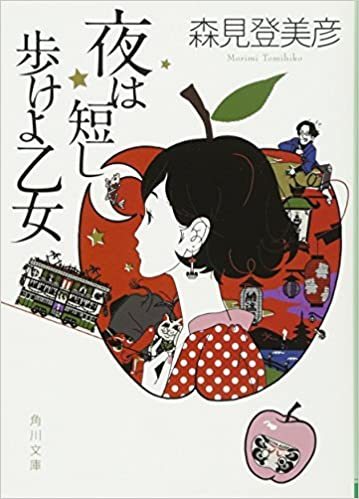

The Shueisha Mirai Bunko Books also operates the same. There are adaptations of manga series (like Kaguya-sama: Love is War and Demon Slayer) as well as original series. Mirai Bunko Readers have orange around the cover.

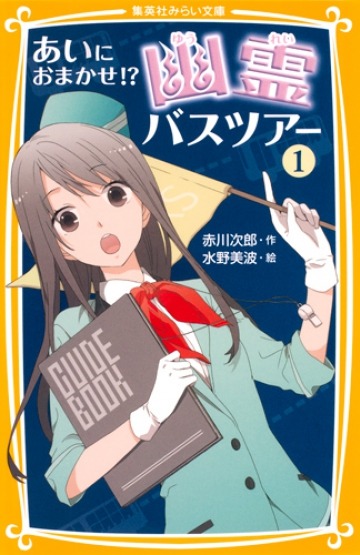
If you're worried about attempting to read any of these on your own, come suggest some of them for us to read together at the Seitokai Bookclub! (And even if it doesn't get selected immediately, someone might be interested in being a reading buddy with you :D).
Happy reading!
#onigiri thoughts#aoitori readers#tsubasa bunko readers#seitokai bookclub#japanese#japanese reading comprehension#mine#mirai readers#reading resources#looktoki#jpnstudynet#jlpt#japanese reading#jlpt n1#jlpt n3#jlpt n2#jlpt n4#jlpt n5#vocab#jlpt grammar#jlpt reading#jlpt studying#nihongo#learn japanese#kodansha#kadokawa#shueisha
418 notes
·
View notes
Text
[N5] 彼氏(かれし)がほしい!

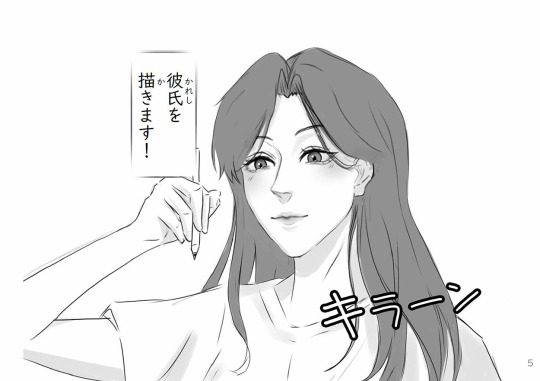
If you are at the beginner stage of learning Japanese and interested in reading full manga one day, have a look at this short free manga in simple Japanese:
Textbook grammar with some colloquial expressions inbetween
100% furigana on all kanji
Beautiful drawings that support reading comprehension
#my book reviews#reading in japanese#japanese books#やさしい日本語#boyfriend#downloadable pdf#easy japanese#easy manga#Fiction#free graded reader#free manga#free reading material#graded reader#JLPT N5#Manga#N5#NPO Tagengo Tadoku#romance#romance manga#shojo manga
26 notes
·
View notes
Text
small break from my normal challenge posts to ask a question and get some feedback!
I’m going to start posting some language learning stuff and hopefully some study type content as well now that finals are coming up and during the following break I want to dive back into my language studies to keep my brain full of knowledge.
Can anyone recommend some resources and advice/tips?
I’m looking for (Mexican) Spanish learning resources, Japanese learning resources, and advice and tips on motivation to keep going with the language learning, some productivity and discipline tips, and just any advice and motivation you guys have in general? Even if it’s not language related and just school and study related, I would be so happy to hear from all of you guys!
I look forward to posting some more normal everyday content along side the study school and language stuff along with my challenge updates! I feel like I haven’t been keeping up with the normal content I want to post so I’m really looking forward to doing more of that now!
anywho, thanks in advance for the resources, advice, and tips! I appreciate all of you, lovelies 🩷🤍
#spanish langblr#language learning goals#japanese langblr#langblr#langblog#language resources#foreign languages#language tips#language learning#learn japanese tips#japanese language#japanese#jlpt n5#spanish#spanish language#college studyblr#studyblr community#studyblr#japanese studyblr#college student#college study tips#uni student aesthetic#university student#pink academia#study tumblr#studyspo#study motivation#academia#light academia#dark academia
22 notes
·
View notes
Text
First Japanese notes!
The way I’ve planned to approach this is to first go through all hiragana and all the words that use those hiragana that are listed for JLPT N5 vocabulary. I’ll also add small notes and some additional Japanese study notes. After hiragana I’ll add katakana and kanji and will also start adding grammar at some point. But for now we are starting simple :)


#Japanese study#jlpt n5#hiragana#Japanese notes#Japanese notes 1#japanese studyblr#studyblr#hiragana 1
20 notes
·
View notes
Text
The Difference Between に and へ
Most of the beginner textbooks will teach learners that に is used for destination and へ is used for direction but there are some explanation that are missing and that is what confusing to many learners.
• 公園に行きます。
• 公園へ行きます。
Both sentences are correct. Both means "I'm going to the park".
But... there is a slight nuance difference. When you use に, you put the destination (which is the park) as the main thing you want the listener to know that the place you want to go is the park. The final destination you will arrive at is the park.
On the other hand, if you use へ, you want the listener to feel that you are making a move, you are making a journey, a process, an effort to go to the park. In other words, へ somehow emphasize on your journey to a place.
Let's say you're flying from UK all the way to Australia, that will take at least 20-22 hours by flight. The journey is extremely long and you want the listener to feel that, so you could say by using the particle へ: 私はオーストラリアへ行きます。
Now, the following part is what most teachers or textbooks didn't tell you. A study shows that more and more Japanese people are using に, and へ has gone out of fashion. According to the survey, one of the reasons may be due to globalization and how easily people are connected around the world through the Internet that people don't feel the journey or the distance is long. Therefore, they don't see the need to use へ anymore.
WARNING!!!
There is a grammar point that you MUST use へ instead of に。The pattern is:
へ + の + Noun
Examples:
• 先生へのプレゼント。Gift for teacher.
• 帰宅への道。The way home.
Another situation which needs to use へ is when the news anchor announces this:
台風が北へ向かっています。
The typhoon is heading north.
If you use に and say 台風が北に向かっています, it means you are very sure that the typhoon will land in the north. No one can predict 100% where it will stop or land so it is incorrect to use に in this sentence.
---------------------------------------------------
Vocabulary used in this lesson:
公園 (こうえん) park, playground
プレゼント present, gift
帰宅 (きたく) home
道 (みち) way
台風 (たいふう) typhoon
北 (きた) north
#study japanese#japanese#jlpt#jlpt n1#jlpt n2#jlpt n3#jlpt n4#jlpt n5#language#learn japanese#nihongo#grammar
87 notes
·
View notes
Text
understand, see, hear · particle が · particle と
(。•̀ᴗ-)✧ N5 grammar [ことのは lesson 18]

わかる, みえる, きこえる
The particle を is generally used to indicate the direct object with transitive verbs, but with the verbs: 分かる (わかる -> to understand), 見える (みえる -> to see), 聞こえる (きこえる -> to hear) you have to use the particle が
example: スパイン語(ご)が分(わ)かりますか
translation: do you understand Spanish?
particle が
we have seen the particle が being used to indicate the direct object of some verbs, but it can also express a relationship between two contrasting or opposing clauses.
example: 冬(ふゆ)ですが、 今日(きょう)は 暑(あつ)いです
translation: it is winter, but it's hot today
particle と
✩ with (accompained by): this particle is used to indicate specify the person or animal with whom an action is being performed. person/animal と -> with person/animal
example: ケンくんとこの映画(えいが)を見(み)ました
translation: I saw this movie with Ken
✩ exhaustive list nouns: this particle is used at the end of a list of two or more objects (inanimate or animate). Noun A + と + Noun B -> Noun A and Noun B
example: サラさんに 本(ほん)と辞書(じしょ)をあげました
translation: I have my book and dictionary to Sarah.
またね~@inkichan
꒰ა ˚₊ ✧・┈・╴﹕꒰ ᐢ。- ༝ -。ᐢ ꒱﹕╴・┈・𐑺 ‧₊˚໒꒱
#japanese#nihongo#studyblr#learn Japanese#learning Japanese#japanese langblr#langblog#japanese studyblr#日本語#n5#JLPT N5#grammar#basic grammar#japanese grammar#ことのは
123 notes
·
View notes
Text
I got a new tea cup yesterday.
#japanese#learning japanese#senchastudying#studyblr#日本語#langblr#jlpt#kanji#jlpt n5#魚#fish#mandarin orange 🍊
24 notes
·
View notes
Text

Batch download Japanese vocabulary infographics
#japanese#nihongo#japan#learn japanese#languages#jlpt#japanese vocabulary#jlpt n5#nihon#infographics
55 notes
·
View notes
Text
JLPT N5 - くなる and くする
This grammar point is very simple. You use くなる when the condition of something becomes a certain way by itself. On the other hand, くする is used when the condition of something is changed by an outside agent (either a person or a thing). In this post, let’s look at these two very basic constructions and how the Japanese works.
Here is your vocabulary:

【The Grammar】
The grammar is very simple. First, you take an adjective or a noun and change them to their adverbial forms. For example, the adjective 長い has an adverbial form of 長く. The noun ひま has an adverbial form of ひまに.
After you make the adverbial forms of the adjective or the noun, you just put it before either なる or する. That’s it!

We talked about the く connector in this post and about the adverbial に in this post.
I should point out that while this grammar point appears in most JLPT books and websites as くなる and くする, as you can see in the picture above, nouns don’t use く! For that reason, I choose to call this point adverb ✙ なる and adverb ✙ する.
【adverb + なる】
Here are some examples with なる:
① 熱が下がって、気分がだいぶ{よくなりました}。
=fever will go down and then feeling became considerably better
= My fever went down and then I felt much better.
② この仕事が終わったら、少し{ひまになる}と思います。
= when work finishes, a little bit, will become free, I think
= I think that when work finishes, I’ll have more time.
③ このごろ仕事が減って、前ほど{忙しくなくなった}。
= these days, work decreased and so as much as before, became not busy
= These days, I have less work and so I’m not as busy as before.
④ きみは{大人になったら}、{何になりたい}の。
= when you become an adult, what want to become
= When you grow up, what do you want to be (and explain)?
Some things to notice:
In example 1, the sense is that when the fever went down, the person’s mood got better by itself.
In example 2, the condition of having more free time arises naturally when work decreases. (ひま can have the connotation of having absolutely nothing to do and can be considered rude by some people. I use the word for myself sometimes, but I never seriously refer to other people as ひま.)
Concerning example 3, the negative form of 忙しい is with 忙しくない. If you want to make THAT into an adverb, it will become 忙しくなく. This was very difficult for me when I was just beginning Japanese.
Finally, Example 4 shows that the question word of 何 can be treated as a noun. This makes sense if you think of it as a placeholder for whatever answer the listener will give. Also, because the speaker uses the word きみ we know that the speaker and listener are close. It would make sense if it were a parent-child relationship. きみ is NOT used with people that you have just met or that you don’t know well!
【adverb + する】
Here are some examples with する:
⑤(父が子どもに)もっと部屋を{きれいにしなさい}。
= father to his child: a little bit more the room, make it clean
= Clean up your room a bit more.
⑥ このケーキ、ちょっと大きいから、{半分にして}ください。
= this cake, a bit big and so make it half please
= This cake is a bit (too) big so please cut it in half.
⑦ スカートを5センチぐらい{短かくして}ください。
= this skirt, about 5 centimeters make it short please
= Please shorten this skirt about 5 centimeters.
Notice that examples 5, 6 and 7 all include someone (other than the speaker) making a thing (a room, a cake, and a skirt) a different condition than the current one. This is when you will want to use adverb + する.
【Conclusion】
The grammar points of adverb ✙ なる and adverb ✙ する are pretty simple to understand. That is why they are considered Level N5. Adverb ✙ なる shows a person or a thing becoming a different condition by itself. Adverb ✙ する shows a person or a thing changing to a different condition by a different person or thing.
Thanks for reading, and see you next time!
Rice & Peace,
– AL (アル)
👋🏾
#japanese#japanese grammar#learn japanese#japanese language#japanese lesson#japanese study#japanese vocabulary#japanese vocab#japanese verbs#studying Japanese#japaneselessons#learnjapanese#japanese studyblr#japanese langblr#JLPT#JLPT N5#jlptn5#にほんご#日本語#日本語の勉強#一緒日本語#language#languages#language study#language studyblr#language blr#IsshoNihongo
388 notes
·
View notes
Text
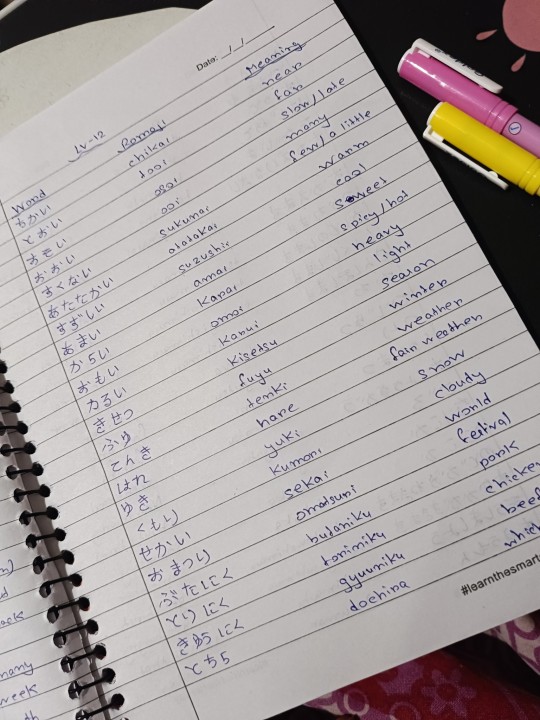
Today I studied level 1 2 of jlpt n5 from onitan
#study space#study buddy#study blog#study motivation#studyspo#study#study aesthetic#studyblr#learning languages#japanese language#jlpt#jlpt n5#study studying studygram studyblr studyabroad studyhard studyspo studymotivation studytime studyinspiration studyinspo studyaccount studyblo#study session
18 notes
·
View notes